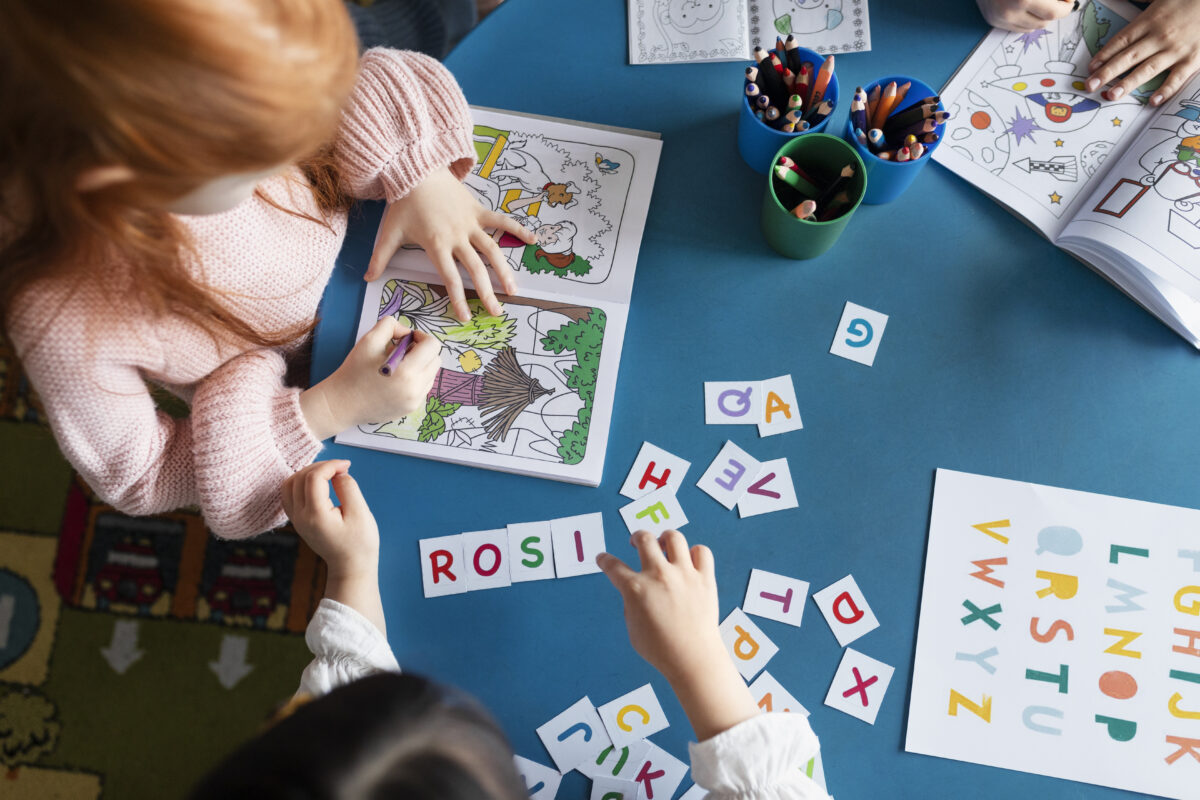Teaching Strategies For Students With Learning Disorders
Children with specific learning disorders often have other developmental disorders too, such as ADHD. A child can have more than one specific learning disorder. Children with a specific learning disorder find a specific area of learning very challenging, such as reading, spelling, handwriting or mathematics, but do well in other areas of learning. Some may even excel in other areas of learning. Most instruction at home or in school can be adapted to accommodate the needs of students with learning disorders such as dyslexia or other learning problems. These strategies can be used to modify instruction in most subject areas to improve students’ comprehension of tasks and the quality of their work.
At Jeevaniyam, we support students with learning disorders, or a parent looking for some guidance. We use the following steps to help the child to overcome their issues.
Break Learning Into Small Steps
Often also referred to as “chunking”, this strategy involves breaking down complex information into smaller and simpler parts that are easy for the brain to digest. Chunking is said to relieve the cognitive load on the brain and engage short-term memory in a more efficient manner.
Visual Aid
Visual aids are invaluable in teaching all students, especially those struggling with a learning difficulty. The human brain can process images faster and better than it can words. Using images, educational films and other visual aids such as diagrams and charts during lessons can help students build a direct correlation between words and their meanings – making learning much easier and faster.
Memory Techniques
Revision reinforces lessons taught in class, but students may still benefit from learning certain memory techniques to help them remember how one chunk of information relates to another. Mnemonics, mind maps and even simple diagrams can go a long way towards helping children understand and remember information easily.
Appeal To Multiple Senses
To improve comprehension and retention when studying, incorporate multiple senses.
For children who are visual learners, you can try:
- Hanging up pictures and setting up models
- Highlighting information in different colors
- Asking students to create lesson-based art
For those who prefer audio-based lessons, you can:
- Listen to books on tape or read aloud
- Watch a video with accompanying audio
- Utilize rhymes, chants and language games
Some kids are kinesthetic learners, those who learn through:
- Lessons with finger paints, puzzles or sand
- Modeling objects or designs in clay
- Using small objects to represent numbers
Tactile teaching involves the sense of touch, such as:
- Pairing counting with clapping or other movements
- Using a highlighter to color-code passages while reading
- Manipulating materials, like blocks, to visualize a scene

